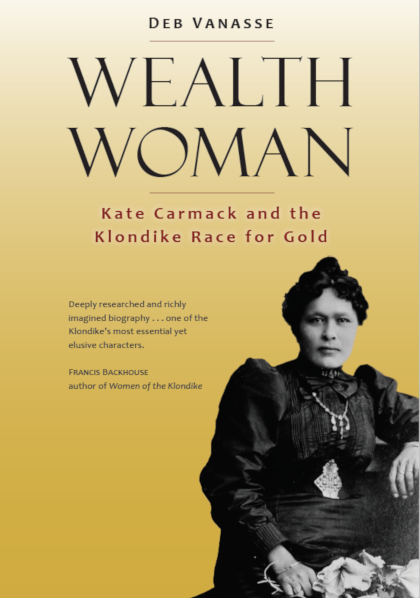https://www.cbc.ca/news/canada/north/
De Beers Canada luncheon promotes careers in science, technology, engineering and math
Akruthi Balaji has dreams of becoming a surgeon someday. The Grade 12 student was one of about 50 young women learning about all the possibilities for women in STEM — science, technology, engineering and mathematical fields — Monday in Yellowknife.
De Beers Canada organized the luncheon just as the Yellowknife Geoscience Forum gets underway this week. It starts Tuesday and runs through Thursday. Balaji isn’t intimidated by the prospect of entering a field she knows will be dominated by men.
“I do know there’s probably going to be a lot more men in whatever I am doing, but hopefully that can change and I really don’t feel that scared to go into it,” she said. Women are underrepresented in STEM fields. According to Statistics Canada, 39 per cent of STEM graduates are women, while women make up 66 per cent of all university graduates.
























